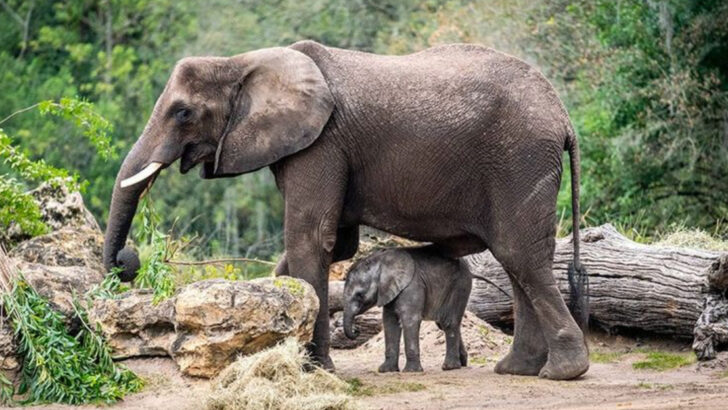Summer isn’t just about sunshine and beaches—it’s baby season in the wild. While we fire up the grills and hit the trails, forests, fields, and coastlines come alive with tiny hooves, fuzzy faces, and squeaky calls. From deer fawns wobbling through tall grass to sea turtle hatchlings scrambling toward the waves, summer is nature’s softest, sweetest surprise. This warm season brings a baby boom like no other, filled with cuddly chaos and adorable first steps. It’s a race to grow, learn, and survive before the weather turns. Here are 19 animal babies born in summer—and why this season might just be the cutest of them all.
Fawn (Baby Deer)
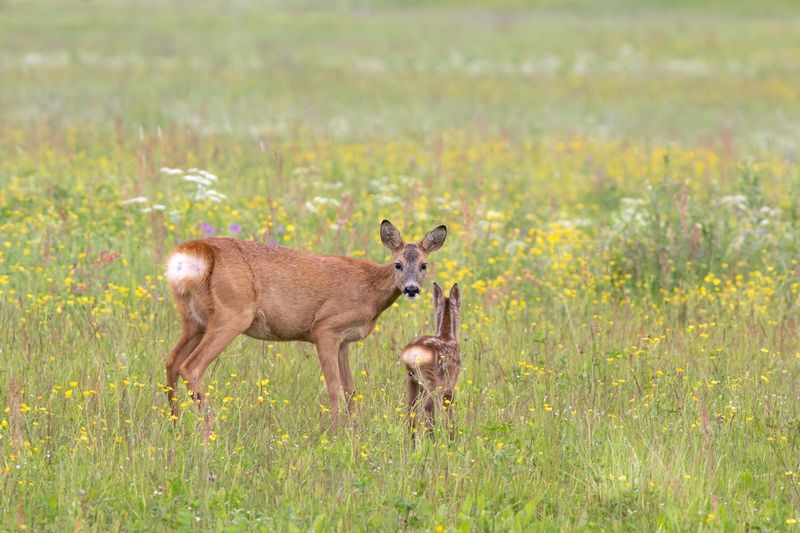
With its delicate spotted coat, the fawn symbolizes gentleness and innocence. Born in the height of summer, this baby deer quickly learns to navigate through lush forests and meadows. Its ears perk up at every rustle, and its eyes are wide with curiosity.
The fawn’s mother hides it in tall grasses to keep it safe from predators, leveraging its camouflaging spots. Within a few weeks, the fawn begins to frolic and play, its spindly legs growing stronger each day.
Did you know? The spots on a fawn’s coat help it blend into the dappled sunlight filtering through the trees.
Duckling
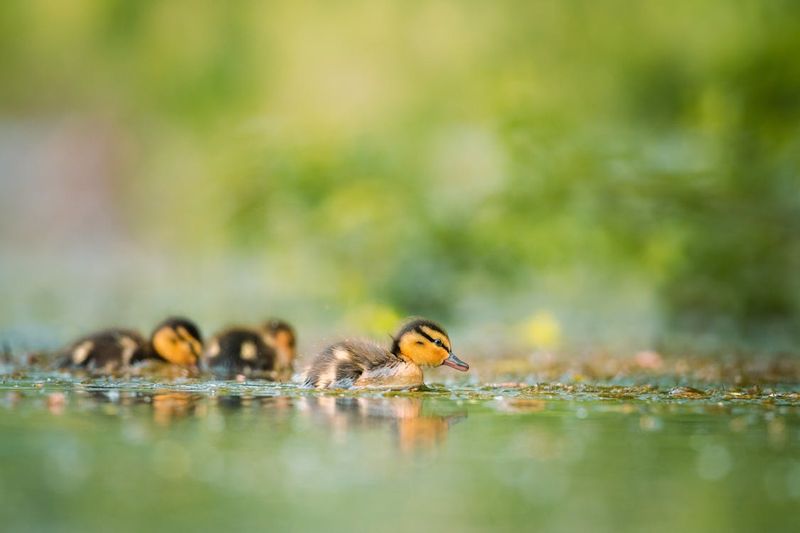
Quacking softly, a line of ducklings paddle behind their mother in a serene pond. These fluffy bundles of joy exemplify the exuberance of summer’s life. With their bright yellow down feathers, they are unmistakably symbols of warmth and new beginnings.
The ducklings engage in playful chases, splashing through water, honing their swimming skills. Their mother keeps a watchful eye, teaching them the art of foraging.
Fun fact: Ducklings recognize their mother’s call and can differentiate it from other ducks, ensuring they never stray far from family during their adventures.
Butterfly (Emerging from Chrysalis)
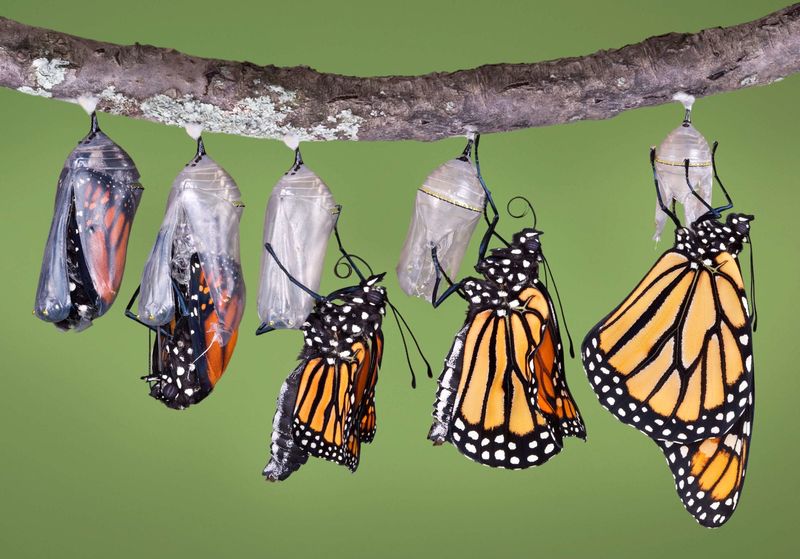
Witnessing a butterfly emerge from its chrysalis is like watching magic unfold. In summer, these delicate creatures take their first flight, their vibrant wings a testament to nature’s artistry.
The transformation from caterpillar to butterfly is a marvel, showcasing resilience and beauty. Each butterfly adds a splash of color to gardens and fields, fluttering from flower to flower, sipping nectar.
Historical note: The process of metamorphosis has fascinated humans for centuries, symbolizing transformation and new beginnings across cultures.
Otter Pup
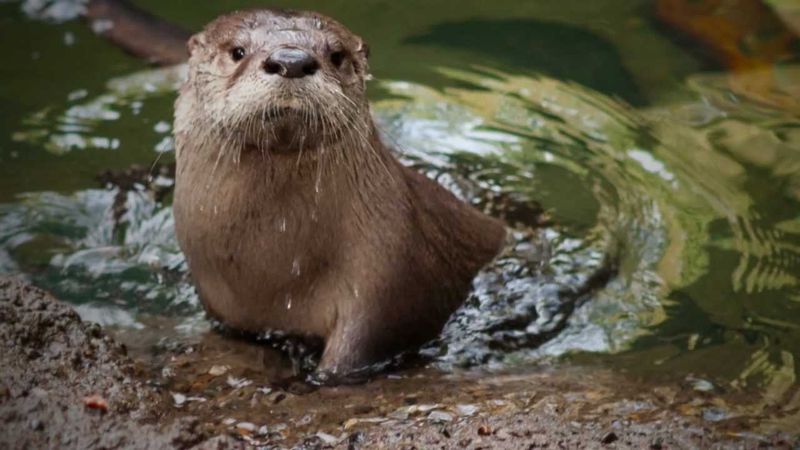
With boundless energy, otter pups are nature’s jesters. Born in the warmth of summer, these pups learn to swim within weeks, their playful nature evident as they slide down riverbanks.
Their mothers teach them survival skills, ensuring they can hunt for fish and clams. Otter pups are known for their thick, insulating fur, which keeps them buoyant and warm.
Did you know? Otters hold hands while sleeping to prevent drifting away from each other, showcasing their strong social bonds.
Kangaroo Joey
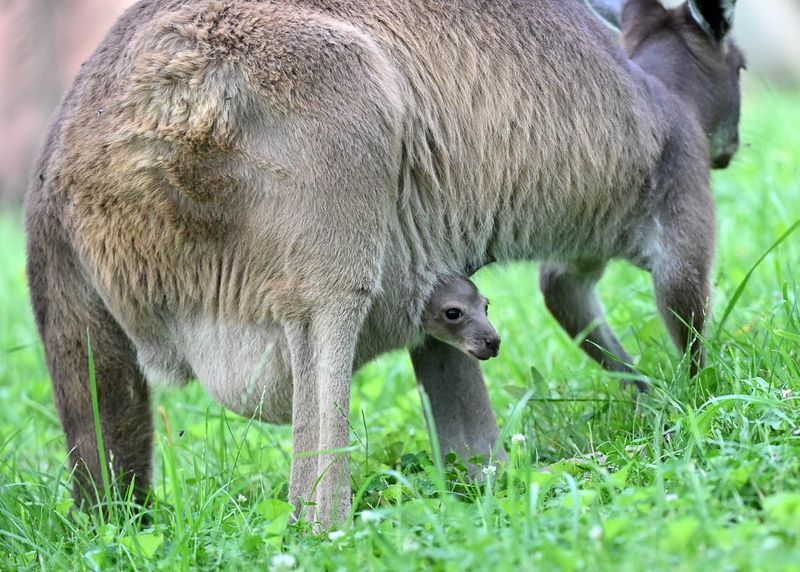
Peeking out from its mother’s pouch, the kangaroo joey represents new beginnings in the Australian outback. Born tiny and underdeveloped, the joey continues its growth in the safety of the pouch.
As summer progresses, it dares to venture out, hopping tentatively alongside its mother. The joey’s strong hind legs and long tail soon become tools for exploration and play.
Interesting fact: Kangaroos are the only large animals that use hopping as their primary mode of locomotion, making them unique in their movement.
Penguin Chick
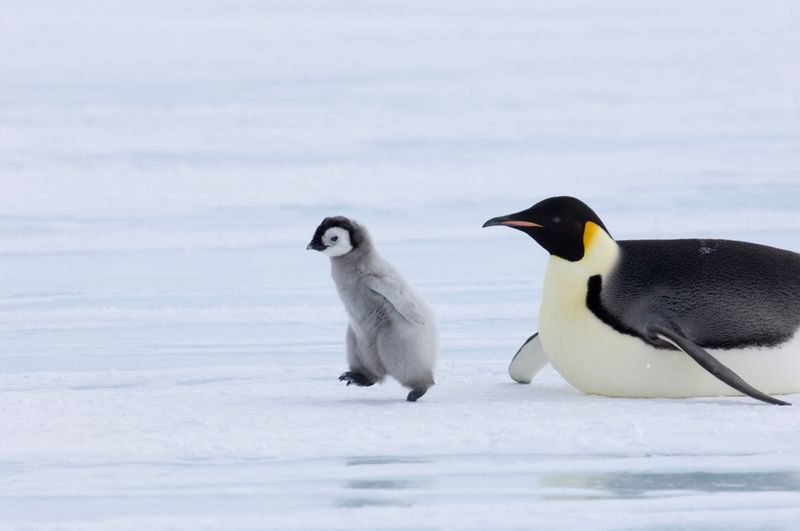
In the chilly embrace of summer at the poles, penguin chicks hatch, covered in soft downy feathers. These tiny adventurers learn to survive in one of the harshest climates on earth.
Huddled together, they rely on their parents for warmth and food, experiencing the bond that defines penguin communities.
Fun fact: Penguin chicks are born with an instinctive call that helps parents distinguish them among thousands, a crucial skill for reunion after foraging trips.
Foal (Baby Horse)
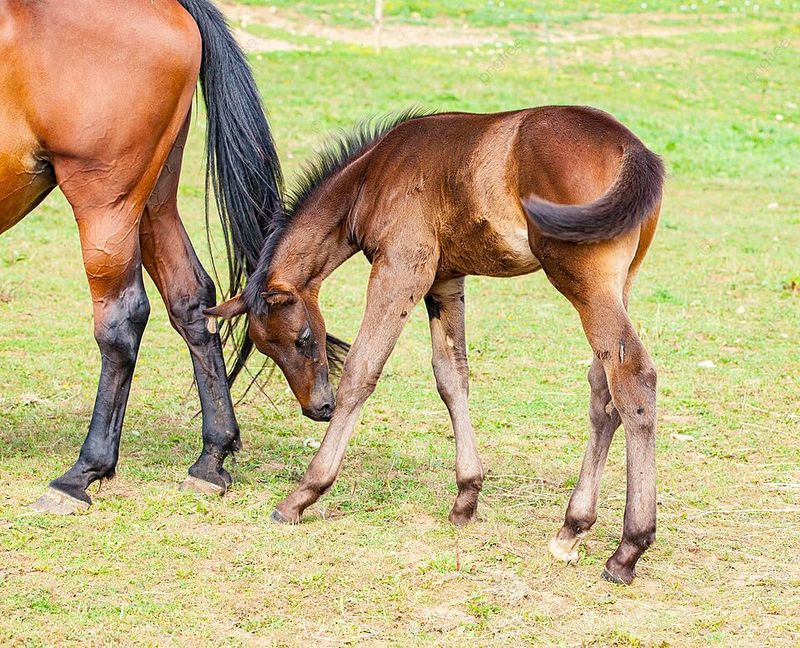
With wobbly legs and a curious spirit, the foal stands as a testament to summer’s vitality. Born out in the open fields, it quickly learns to run, a natural instinct that ensures its survival.
The foal’s interactions with its herd teach it social behaviors and hierarchy, essential for future stability.
Quirky fact: Horses can sleep both lying down and standing up, a skill that foals start developing early to adapt to their surroundings.
Seal Pup

Seal pups, with their large, soulful eyes and soft gray fur, embody the charm of coastal summers. Born on rocky shores, they rely on their mothers for nourishment in the early weeks.
As they grow, seal pups venture into the water, their aquatic nature coming to the fore. Playful and agile, they learn to navigate the waves.
Did you know? Seal pups can swim just days after birth, an incredible feat for such young creatures, driven by instincts and the need for exploration.
Raccoon Kit
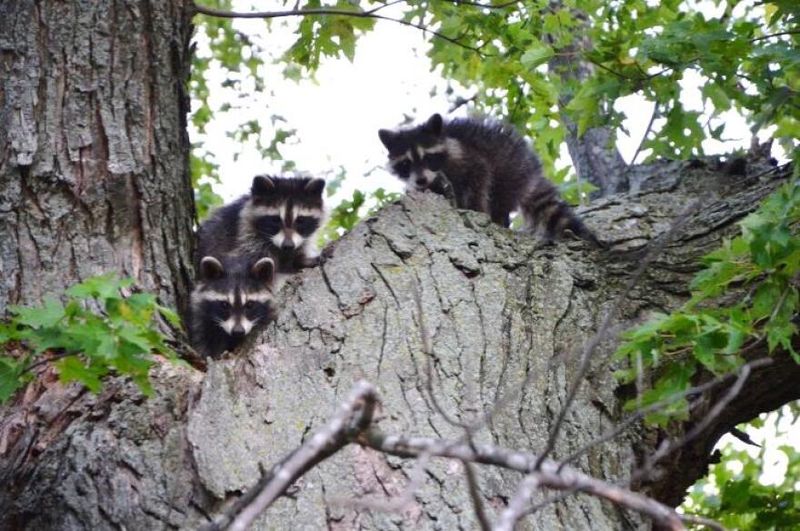
With a face full of mischief, the raccoon kit is known for its curious antics. Born in tree hollows, these kits quickly learn the art of climbing and foraging.
Their agile hands are adept at opening containers and exploring every nook and cranny. Summer nights are alive with their playful rustlings.
Fun fact: Raccoons wash their food before eating. This behavior, called ‘dousing,’ remains a mystery but adds to their intriguing repertoire of habits.
Baby Elephant
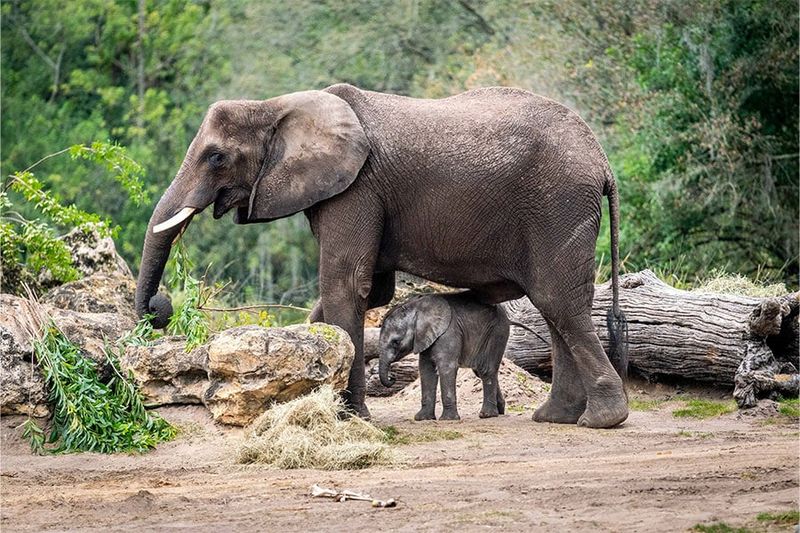
With a trunk that seems to have a life of its own, the baby elephant is a darling of the savannah. Under the watchful eyes of its family herd, it learns the ways of the elephants.
Playing with siblings and mimicking adults, the baby elephant’s days are filled with learning and exploration.
Did you know? Baby elephants suck their trunks for comfort, much like human babies with their thumbs, highlighting the emotional depth of these gentle giants.
Polar Bear Cub
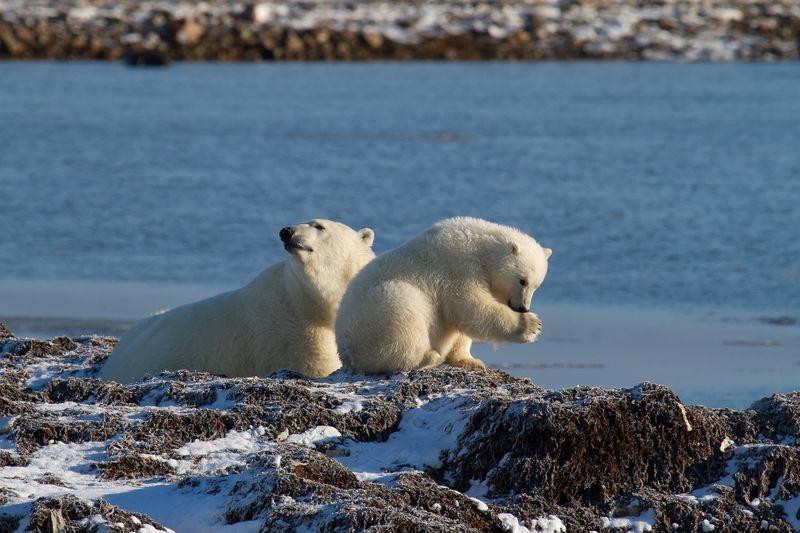
As the summer sun kisses the Arctic, polar bear cubs explore their icy playground with gusto. These fluffy white bundles are nursed by their mothers, gaining strength for adventures.
Cubs learn to hunt and navigate ice floes, skills vital for survival in their harsh habitat.
Interesting fact: Polar bear cubs are born blind and rely heavily on their mothers for guidance until they mature, showcasing the dependence and growth journey in the animal kingdom.
Gosling (Baby Goose)
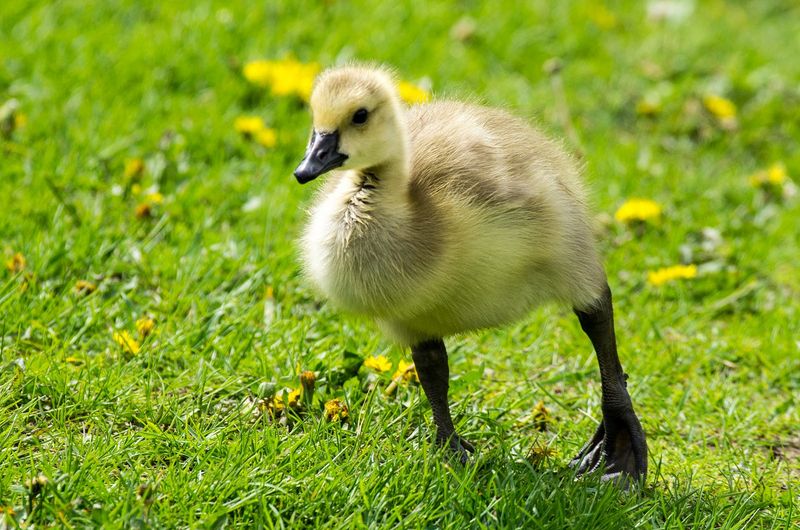
The gosling, with its soft yellow feathers and curious nature, is a delightful emblem of summer. Born in nests near water, goslings quickly learn to swim and follow their parents.
Their days are spent exploring meadows, feeding, and growing under the sun’s gentle rays.
Did you know? Goslings can imprint on humans if raised by them, showcasing the strong bonds they form early in life, underlining the theme of connection in nature.
Calf (Baby Cow)
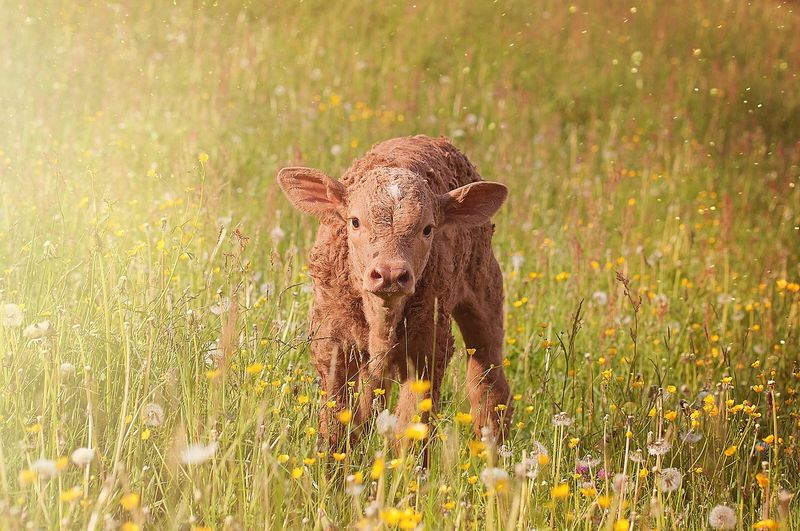
In the pastoral serenity of summer, a calf stands out with its gentle, wide-eyed gaze. These farmyard favorites grow rapidly, nourished by their mother’s milk and the bounty of green pastures.
Calves are naturally social and playful, often seen frolicking with their peers under the watchful eyes of their herd.
Fun fact: Calves can recognize their mother’s voice and scent, fostering a unique bond that is crucial for their development and safety in herd dynamics.
Chick (Baby Chicken)
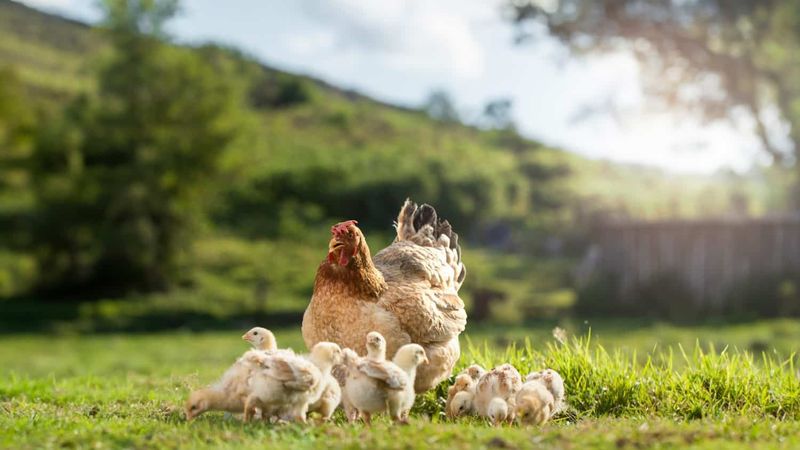
Chirping excitedly, baby chicks explore their world with boundless enthusiasm. These tiny balls of fluff are quick learners, picking up pecking and scratching behaviors almost immediately.
As the summer days stretch long, chicks grow into their roles within the flock, each step a lesson in survival and adaptation.
Interesting bit: Chicks communicate with their mother even before hatching, responding to her clucks, which sets the stage for their social life in the chicken community.
Wolf Pup
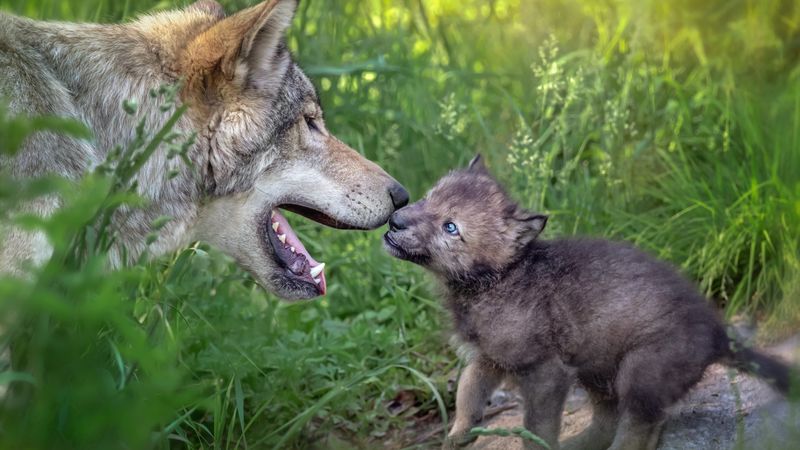
Born into the social structure of a pack, wolf pups are embodiments of curiosity and camaraderie. As summer unfolds, these pups learn the dynamics of pack life through play.
Their howls echo in the forest as they mimic adult wolves, a practice that strengthens pack communication.
Did you know? Wolf pups are born deaf and blind, dependent on their pack for survival, their development a testament to the power of family and teamwork.
Baby Giraffe
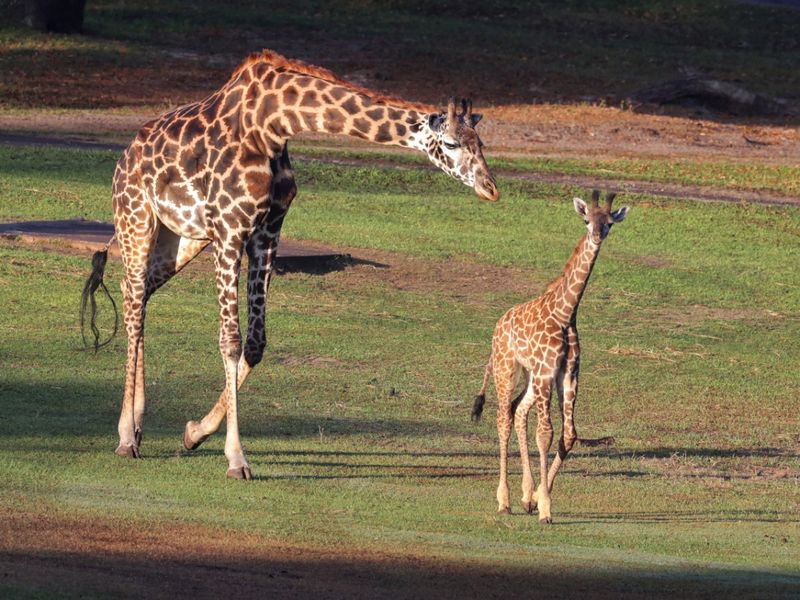
With wobbly legs and a graceful neck, the baby giraffe is a sight to behold in the summer savannah. Born standing up, these long-legged babies quickly learn to walk, a necessity for escaping predators.
Mother giraffes are fiercely protective, guiding their young through the dangers of the wild.
Quirky fact: A giraffe’s tongue can be over 18 inches long, an adaptation that allows them to grasp leaves from tall trees, a skill baby giraffes soon acquire.
Koala Joey
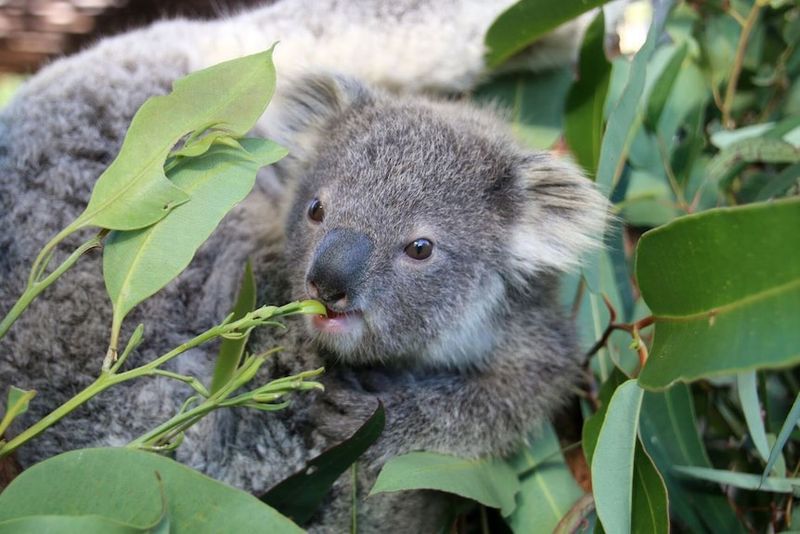
Clinging to its mother’s back, the koala joey is a quintessential symbol of Australian wildlife. Born tiny and blind, the joey spends months in the safety of the mother’s pouch before emerging.
In the eucalyptus trees, the joey learns to feed on leaves and navigate the branches.
Interesting tidbit: Koalas have fingerprints strikingly similar to humans, a fascinating detail that underscores the uniqueness of these marsupials.
Lamb
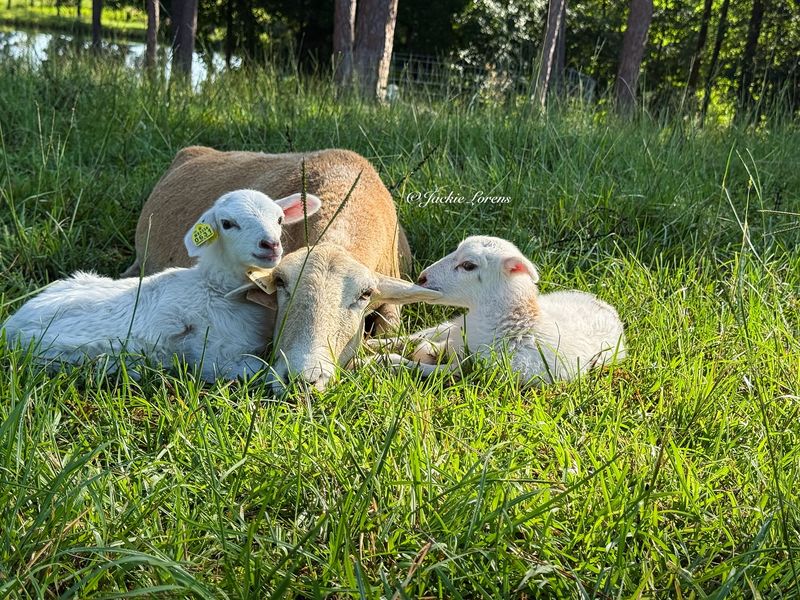
Bouncing and bleating joyfully, lambs epitomize the lively spirit of summer. These woolly creatures quickly form bonds with their flock, learning the nuances of grazing and herd life.
Their playful antics are a delight, from head-butting to playful chases across meadows.
Did you know? Lambs have excellent memory, capable of recognizing individual sheep and even humans, making them surprisingly intelligent companions in pastoral landscapes.
Hedgehog Hoglet
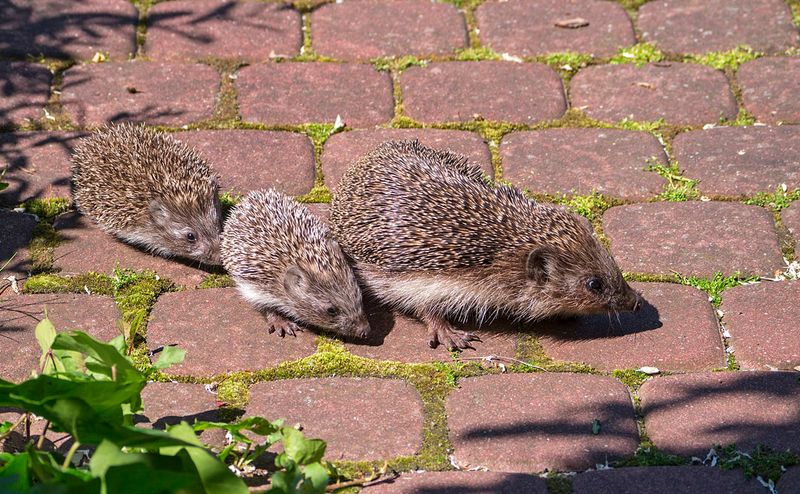
With tiny, curious eyes peering out from a spiky frame, the hedgehog hoglet is a summer delight. Born in litters, these little creatures are initially blind, relying on their keen sense of smell to explore their surroundings.
Their soft spines gradually harden, providing natural armor against predators. As they venture out from their nests, the hoglets learn to forage among the summer blooms, nibbling on insects and plants.
Did you know? Hedgehogs can roll into a tight ball for protection. This innate behavior fascinates and endears them to nature enthusiasts worldwide.

